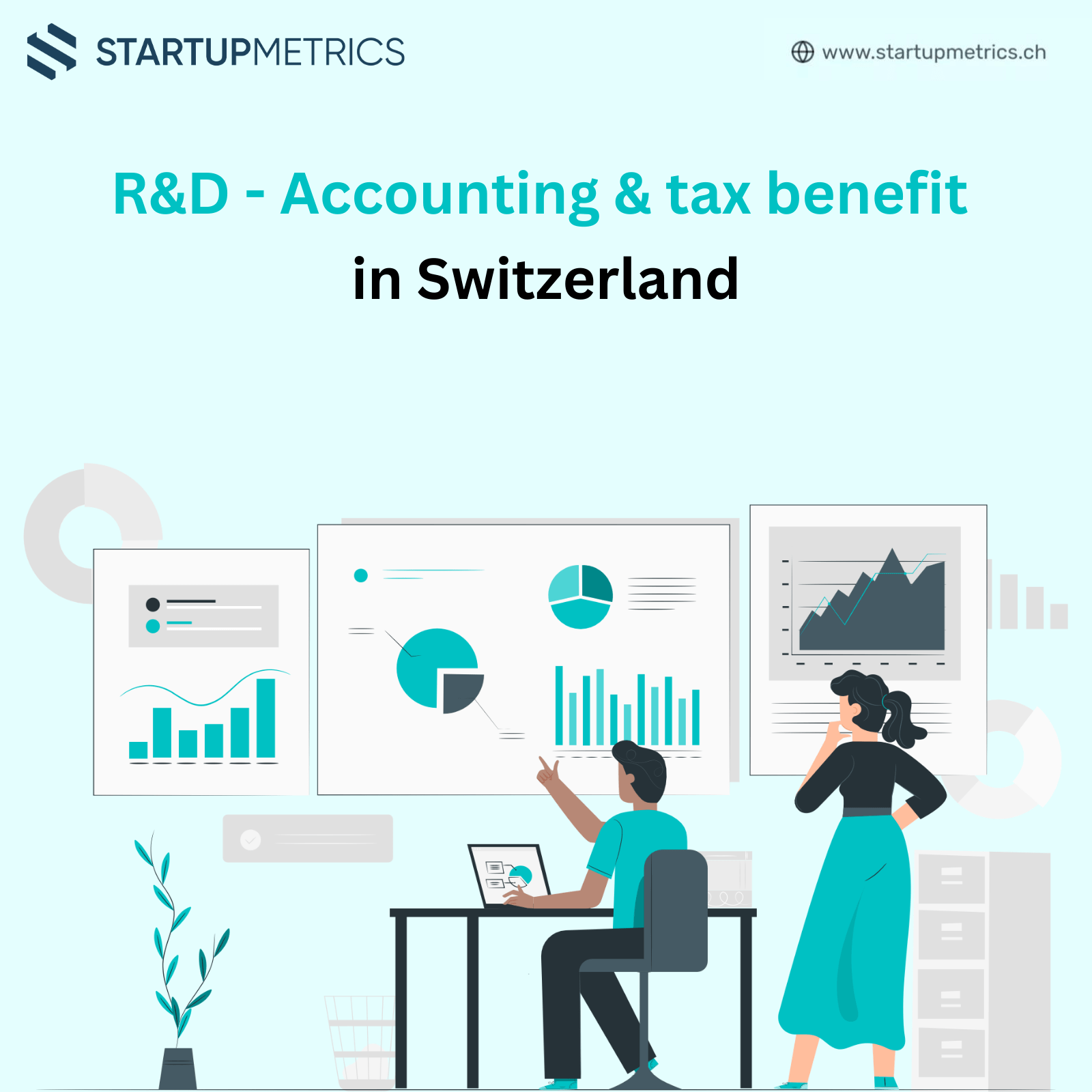
R&D – Accounting & tax benefit in Switzerland
This blog summarises the accounting and tax rules applicable for companies engaged in R&D activities in Switzerland. Understanding these rules…
Your most essential milestone as an early-stage founder is to find product-market fit. Once you achieve this, you will make all your stakeholders happy, except for your competitors, and experience exponential growth. Let’s explore what product-market fit means and how you can achieve it in your venture.
Product-market fit (PMF) occurs when your product satisfies a significant market need. It is often characterized by the following indicators:
While there is no straight line to product-market fit, an iterative process can help you accelerate the discovery. Here is a step-by-step approach:
A value hypothesis defines what your product does, for whom, and why it is valuable. It should clearly articulate the benefits your product offers to your target customers and how it solves their specific problems.
Engage with potential customers to validate your value hypothesis. This involves collecting feedback, understanding customer needs, and iterating on your product accordingly.
Repeat steps 1 and 2, continually refining your product based on customer feedback. Aim to validate your product-market fit with a Net Promoter Score (NPS) above 40. NPS is a metric that measures customer loyalty and satisfaction by asking customers how likely they are to recommend your product to others.
Fact-based metrics will help you perform this process more efficiently and make smart decisions quickly. Here are some key metrics to track:
When Airbnb was first launched, it focused on addressing a clear pain point: affordable and unique accommodations for travelers. Its value proposition centered on providing an alternative to hotels by offering a platform for homeowners to rent out their extra space to travelers.
Airbnb initially tested its product by offering short-term rentals during conferences and events. This allowed them to gather extensive feedback on usability and features. The iterative process helped refine the product to better meet user needs, making it more intuitive and effective.
As Airbnb continued to improve based on user feedback, it saw a significant increase in its Net Promoter Score. Users not only adopted Airbnb but also became its advocates, leading to rapid word-of-mouth growth. This high NPS was a strong indicator of product-market fit.
Finding product-market fit is essential for experiencing exponential growth as a startup. By following an iterative process, focusing on your value hypothesis, testing with customers, and validating with metrics like NPS, you can achieve a strong product-market fit. This will lead to higher customer satisfaction, increased demand, and greater investor interest.
If you want to increase your chances of success, drop us a line. We can help you navigate the journey to product-market fit and set your startup on the path to sustainable growth.